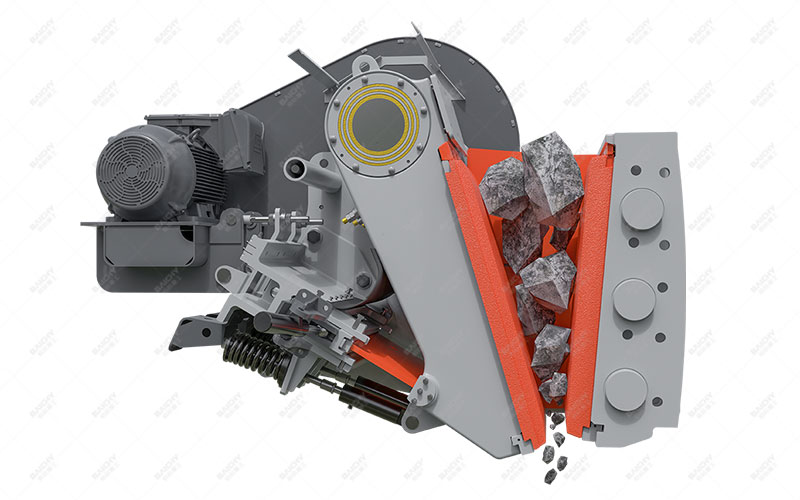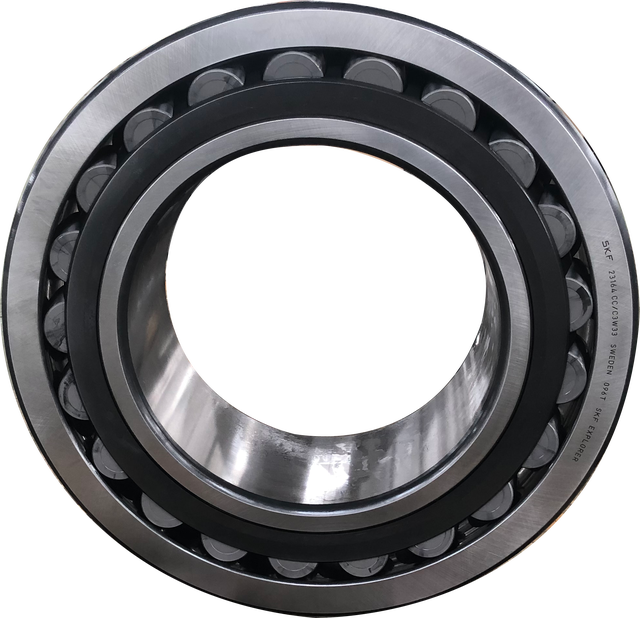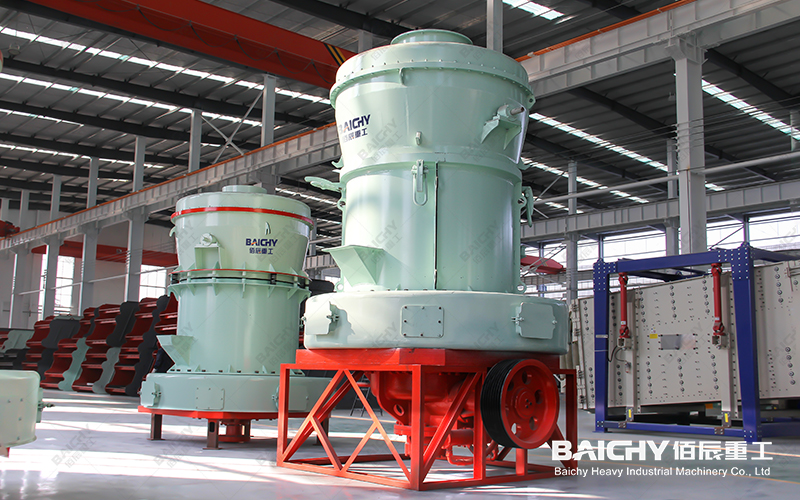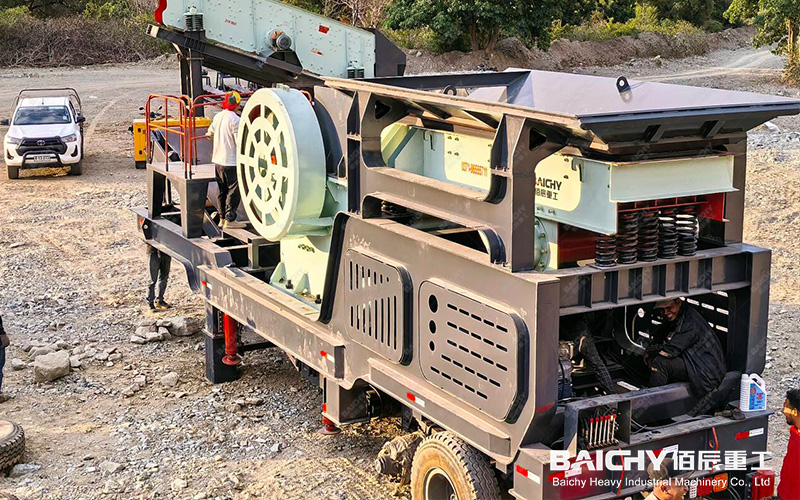
In mining crushing operations, the C-series jaw crusheris undeniably a core force. However, fully unleashing its superior performance depends not only on the quality of the equipment itself but also on the meticulous rhythm of daily operation. Many customers, while focusing on crusher prices, often overlook key components of operating costscapacity efficiency and wear parts consumption. As a marketing expert, I deeply understand the importance of conveying the concept of total life cycle cost to customers. Today, we will go beyond basic operations and delve into how to maximize the efficiency of your C-series jaw crusher and achieve maximum return on investment through five key strategies.
C Series Jaw Crusher PDF, Download ↓↓↓
Chapter 1: Scientific Feed Management and Optimization
Feeding is the starting point of the crushing process and the primary factor determining capacity and wear.
1. Precise Control of Feed Size: The Golden Rule
◦ Avoid Overload: Strictly adhere to the maximum feed size specified on the equipment nameplate. Excessively large materials will not only drastically reduce processing capacity but also subject crusher components (such as bearings and toggle plates) to abnormal loads, increasing the risk of overload and unexpected shutdowns.
◦ Optimized Grading: The feed should include an appropriate proportion of fine particles as filler, but over-grinding should be avoided. A common mistake is having too high a content of fine powder (material smaller than the CSS of the closed-side discharge port) in the feed. This fine powder will act like a pad covering the jaw plate surface, increasing the contact area and leading to severe scraping and abrasive wear, significantly shortening the jaw plate life. The solution is to install a screen at the front of the feeder to pre-screen out some of the fine powder.
2. Achieving Ideal Feed Distribution: Full Cavity, Uniform
◦ Full Cavity Crushing: To ensure optimal capacity and uniform wear distribution, the crushing chamber should always be kept full. This forms an effective stone-on-stone crushing layer, protecting the jaw plates from direct impact.
◦ Uniform Distribution: The feed must be uniformly distributed along the entire width of the crushing chamber. Segregated feeding will cause one side of the jaw plate to wear much faster than the other, resulting in reduced capacity and uneven product particle size. Using suitable feeding equipment (such as a vibrating feeder) is key to achieving uniform feeding.

Chapter 2: Core of Efficiency: Strategic Application and Lifecycle Management of Jaw Plates
Jaw plates are the teeth that directly participate in crushing, and their management level directly determines operating costs.
1. Selecting the Appropriate Jaw Plate Tooth Shape and Material
Select the appropriate jaw plate based on the characteristics of the material to be crushed (e.g., compressive strength, abrasiveness). For highly abrasive materials, a more wear-resistant material should be selected; for applications requiring good particle shape, tooth shape design is also crucial. Consult your equipment supplier to select the optimal configuration.

2. Scientifically Determining the Timing of Jaw Plate Replacement
◦ Basic Principle: Jaw plates must be replaced before they are completely worn down to prevent wear down to the jaw plate base or locking wedges, causing more severe structural damage to the crusher body.
◦ Specific Standards: Replacement standards vary depending on the design. For designs where the locking wedges are located behind the jaw plate, the jaw plate can be worn down to a thickness of approximately 60-65 mm or the tooth patterns can be worn flat. For designs with thinner ends, wear down to 20-25 mm. The key is regular inspection. If uneven wear or abnormalities are found, adjustments should be made immediately or the jaw plate should be replaced prematurely. It is particularly important to note that in a single-toggle jaw design, the wear rate of the fixed jaw plate is usually faster than that of the moving jaw.
|
No. |
Name |
Picture |
Service life/month |
Material |
|
CJ120-01 |
Fixed jaw plate |
|
6-12 |
High manganese steel |
|
CJ120-02 |
Movable jaw plate |
|
6-12 |
High manganese steel |
|
CJ120-03 |
Upper guard plate |
|
6-12 |
High manganese steel |
|
CJ120-04 |
below Guard plate |
|
6-12 |
High manganese steel |
|
CJ120-05 |
Toggle |
|
2 |
cast iron |
|
CJ120-06 |
Spring |
|
6-12 |
Spring steel |
|
CJ120-07 |
Tie rod |
|
6-12 |
Carbon steel |
|
CJ120-08 |
Bearing |
|
6-12 |
Bearing steel |
|
CJ120-09 |
V-belts |
|
6-8 |
Model:8V6050 Num:10 |
3. Mastering Professional Jaw Plate Replacement and Rotation Techniques
The correct replacement procedure not only ensures safety but also maximizes material utilization.
◦ Two-piece jaw plates: Use a top-bottom swap strategy. Remove the less worn bottom jaw plate and install it on top, then install a brand new jaw plate on the bottom. This is because the bottom has a smaller stroke and greater crushing force, making it the optimal working position for a new plate.
◦ Single-piece jaw plates: Use a multiple rotation strategy. When the tooth profile wears approximately 30%, perform the first 180-degree rotation; when the bottom tooth profile is completely flat, perform the second rotation. This process promotes work hardening of the manganese steel jaw plate and maintains the optimal bite angle, which is the secret to achieving maximum output and longest service life.
Conclusion: Integrating Wisdom into Operations, Transforming Efficiency into Profit
Refined management of the C-series jaw crusher is a strategic investment that transforms capital expenditure into a long-term competitive advantage. By implementing the five strategies abovecontrolling feed, optimizing distribution, rational selection, precise replacement, and scientific rotationyou will not only improve hourly output per ton, but also equipment availability, the lifespan of wear parts, and ultimately minimize the cost of crushing each ton of ore. Let us join hands to not only provide excellent equipment, but also deliver value-creating operational wisdom, and jointly drive your business to new heights.




















